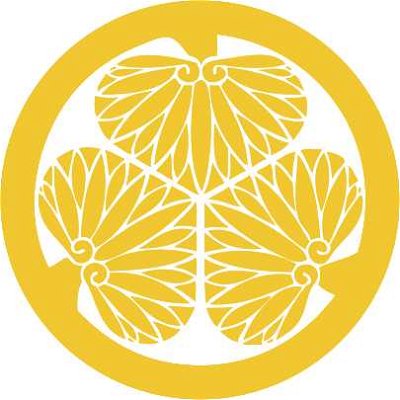20th century events
The 20th century saw Japan transformed from an expansionist empire to a technological world leader. Order the events of the century to match them to their correct decade. Easier, 10 Qns, Snowman,
Jun 23 24
|
|
 A little rusty on your history? Come learn a little about the world's historic realms in this photo quiz series. Here we will talk about the Tokugawa Shogunate. (If you would like to have a better view of the images/maps, please click on them to enlarge!
A little rusty on your history? Come learn a little about the world's historic realms in this photo quiz series. Here we will talk about the Tokugawa Shogunate. (If you would like to have a better view of the images/maps, please click on them to enlarge! |
|
 Quick Question
Quick Question|
|
|
|
 = Top 5% Rated Quiz,
= Top 5% Rated Quiz,
 Top 10% Rated Quiz,
Top 10% Rated Quiz,
 Top 20% Rated Quiz,
Top 20% Rated Quiz,
 A Well Rated Quiz
A Well Rated Quiz
· All questions, answers, and quiz content on this website is copyright FunTrivia, Inc and may not be reproduced without permission. Any images from TV shows and movies are copyright their studios, and are being used under "fair use" for commentary and education.